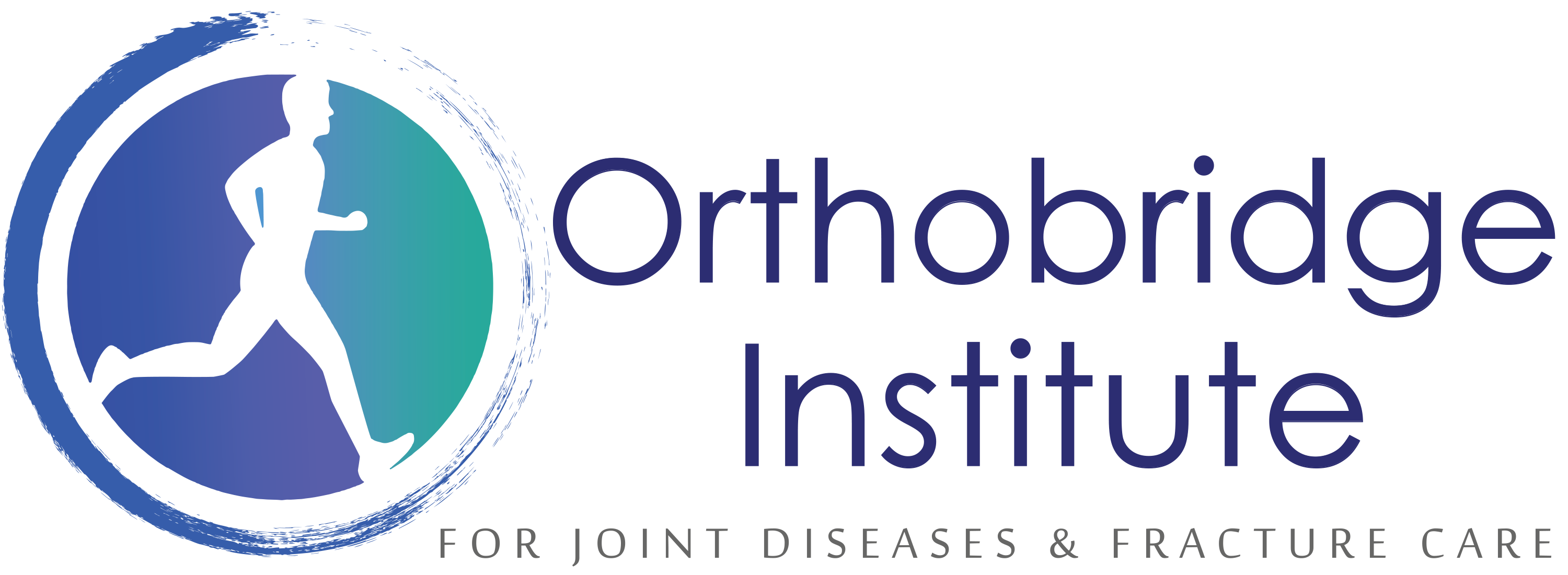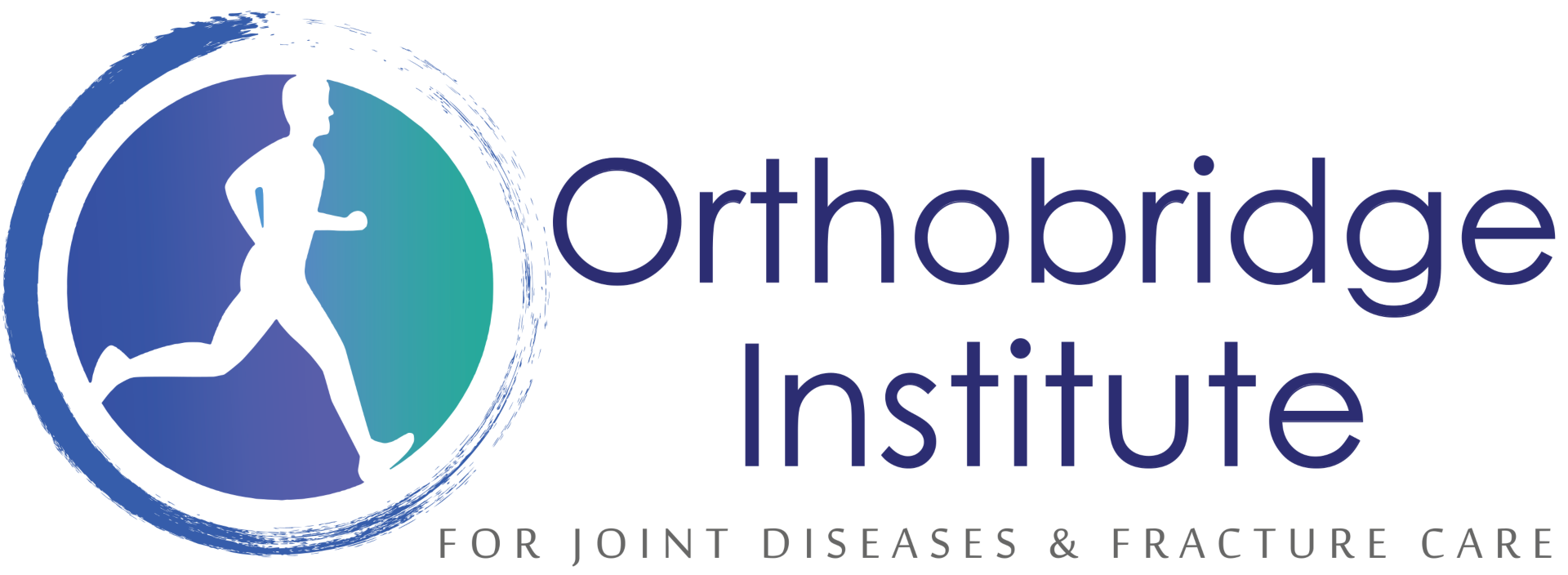Post Traumatic Early Hip Joint Disease
Learn more about some common hip dislocations here we treat at Orthobridge Orthopedic Centre.
Post Traumatic Early Hip Joint Care
Arthritis is defined as an inflammation of the joints caused by the wearing of cartilage between the bones. The most common form of hip arthritis is osteoarthritis of the hip, a potentially debilitating joint disease characterized by joint inflammation, pain, and limited range of motion in the hip. Osteoarthritis results from the gradual wear and tear the joint experiences over time, leading to deterioration in the cartilage. Post-traumatic arthritis is another form of hip arthritis, which causes the same symptoms as osteoarthritis, but is characterized by damage to the hip’s cartilage that develops following a traumatic injury, such as a fracture.
Unfortunately, when a traumatic injury occurs, it can increase a person’s chances of developing arthritis of the hip later in life — despite the fact that the injury may have seemed to heal years earlier.

CAUSES OF POST TRAUMATIC HIP ARTHRITIS
Post traumatic arthritis of the hip may be caused by events such as:
>>> Other forms of physical trauma, such as hip surgery
>>> Sports injuries
>>> Motor vehicle accidents
>>> Falls
These types of injuries can cause significant damage to the hip cartilage as well as hip bone, which changes the way the hip moves. Over time, the cartilage and bone will wear differently and more quickly than before the injury. Other factors that may accelerate the development of post traumatic hip arthritis include:
RISK FACTORS FOR POST TRAUMATIC ARTHRITIS IN THE HIP
The following are risk factors for developing post-traumatic arthritis in the hip:
- Participating in sports where hip injuries are likely
- Suffering from one or more traumatic injuries to the hip
- Failing to receive medical evaluation and proper treatment for a hip-related injury
- Being overweight
DIAGNOSING POST TRAUMATIC HIP ARTHRITIS
Methods that are commonly used to help identify post-traumatic hip arthritis include:
PHYSICAL EXAMINATIONS FOR POST TRAUMATIC HIP ARTHRITIS DIAGNOSIS
Diagnosis begins with your doctor conducting a thorough physical exam, which includes examining the range of motion and function of the hip. In addition, your doctor will analyze your personal and family medical history to help make an accurate diagnosis.
X-RAYS FOR POST TRAUMATIC HIP ARTHRITIS DIAGNOSIS
Often, your doctor will use x-ray imaging to evaluate your hip cartilage and bone and to determine the extent of deterioration and damage.
MRI OR CT SCANS FOR POST TRAUMATIC HIP ARTHRITIS DIAGNOSIS
In cases where an x-ray is not detailed enough or your doctor finds it is necessary for further testing, an MRI or CT imaging scan may be used to evaluate the hip more closely.
Can post-traumatic arthritis be prevented?
Post-traumatic arthritis cannot be prevented. It can be minimized by preventing injuries. If they cannot be prevented, surgical treatment of the injuries to restore the injured joint to as close to new condition as possible can help. Maintaining as close as possible to normal body weight can also help.


